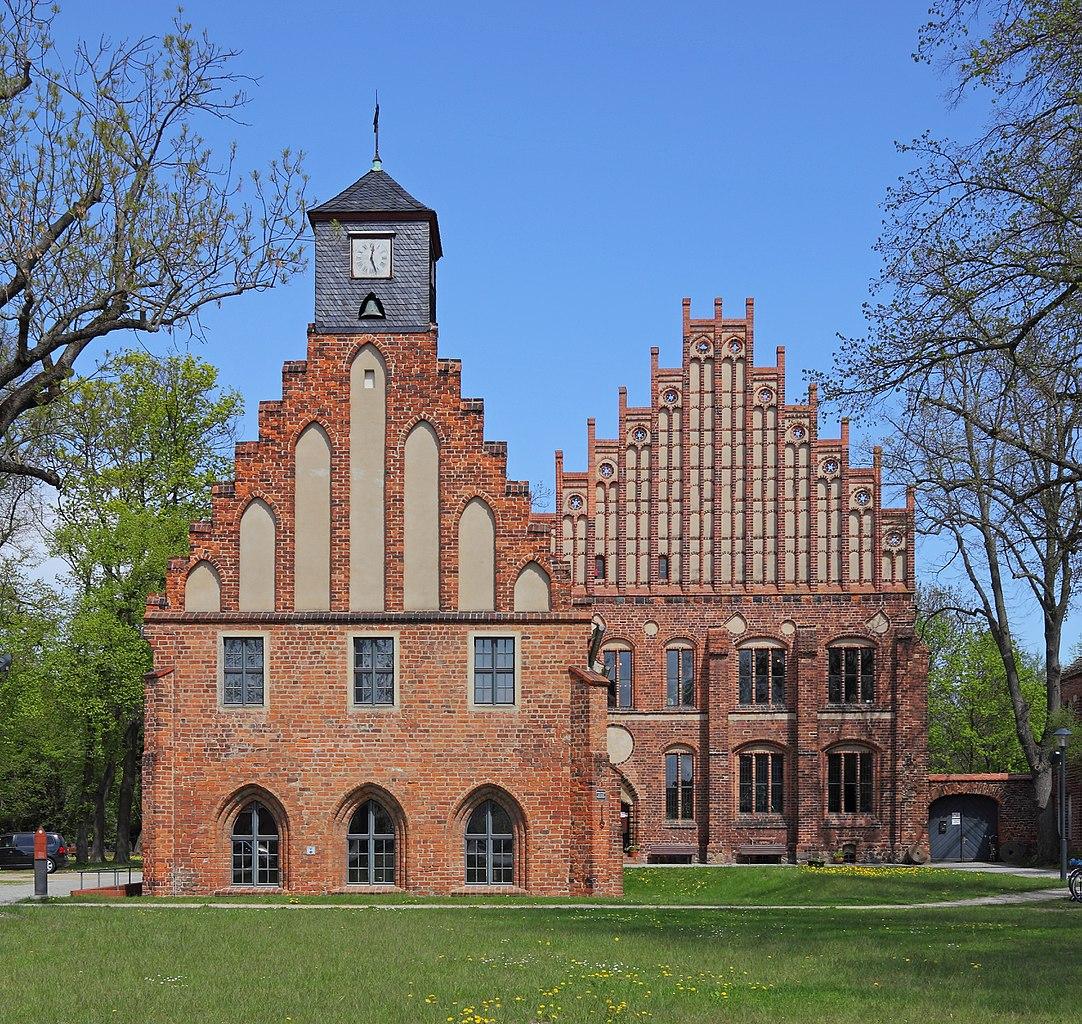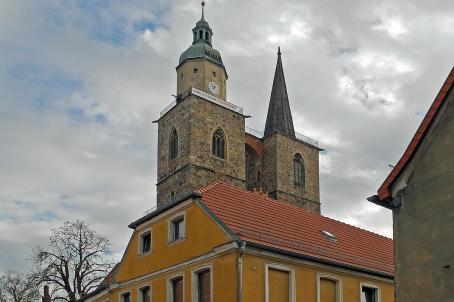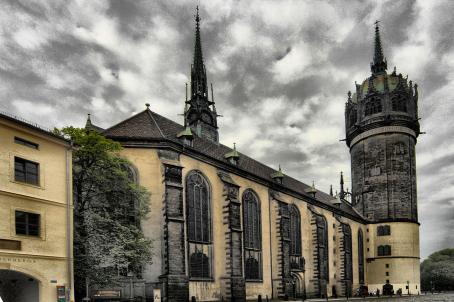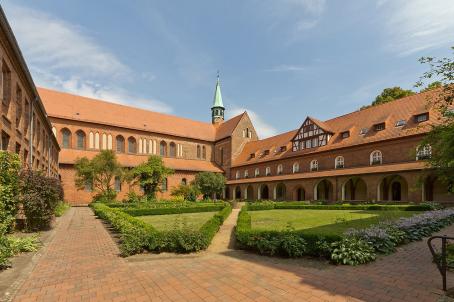Zinna Monastery

The former Cistercian monastery of Zinna was founded in 1170 by the Archbishop of Magdeburg. The oldest building in the complex is the late Romanesque fieldstone church, which was begun in the 12th century. In 1553, the last abbot left the monastery. The enclosure was largely demolished in the 18th century and the monastery area to the south was covered with modern buildings. In 1492, the first printed book in the area, a Marian psalm, was created in the monastery.
About this building
For more information visit on this building visit www.eurob.org/item/jueterbog_cistercian-monastery-zinna/?lang=en





